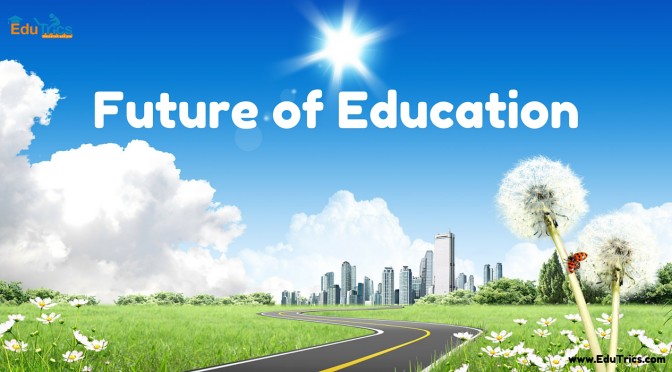
If “Education,” said Dr. John G. H. former President of Princeton University “is the ability to meet life’s situations,” then the current system of education falls below students, syllabus and society expectations. How can parents, teachers and students prepare to achieve the ultimate overall objective in education? Here are Seven steps to build a Road to Sustainable Development of Education.
The average child has seen 10,000 hours of television before going to school. That is a lot of hours for a child to be glued on to the screen. This raises the issue of potential impact of television content on the mind of the children.
Increasingly, television is portraying dishonesty, disrespect for authority, and unusual family relationships. The advent of television viewing promotes laxity in reading and erodes standard society morals. Television is far more persuasive than radio or newspaper. Society cannot ignore its impact on the child. Can schools make the most from viewing television programs?
There is need to consider facts which contribute to good learning. What kind of chair would the students prefer? Desk, stool, rocking chair are possibilities for exploration.
Education goes beyond acquisition of head knowledge. Experiences such as planting and cultivating flowers, seeing animals in the zoo or on a farm, and family togetherness add quality to the total learning environment.
The environment plays a major role in learning. Students learn more from observation. Field trips, workplace, museum visits, well stocked library computers with internet access for research, books on soft copy would go a long way in sustainable development of education curriculum.
Whatever makes a student’s environment conducive for learning is a plus for preparation of students for academic studies.
Failure to get perfect score in assignments, term papers and exams does not mean you’re daft. You’re unique and creative in other fields other than academic studies.
Your fingerprints are unique and exclusive to you, so is your brain and the thoughts. Turn on the charm of creativity to improve future prospects in education.
Parents pay tuition, work around the clock to feed clothe and ensure students’ needs in school are met. This tight schedule leaves parents with little time to assist students with study time. Teachers run on neck breaking timetables to cover the curriculum. The student is overwhelmed by expectations on performance by society. In such a situation, dialogue between students, teachers and parents would steam roll future development to achieve education expectations.
Large student bodies leave no room for personalized instruction. Some students respond to huge doses of love to assist them cope with pressure in the process of learning. Enlisting assistance of experienced psychologist in the teaching staff to attend to specialized student needs is a milestone in future progress of education.
The tendency to associate good grades with success in life promotes cheating the system to excel in academic studies. But a perfect score in studies is only good if it translates into productivity at the work place, business and any other field of preference in the life of a student.
Involving students in curriculum development is a step in the right direction in curriculum development.
Another aspect seldom considered is verification and clarification of values as an important aspect in the new education system. Instead of the popular move towards credentials, the trend should shift to identification and clarification of individual values.
Universities today run on a program which focuses on developing a sense of responsibility for students. There are those who can readily identify and develop their potential with ease. However, others need assistance.
“Our greatest precious natural resource is not our mineral deposits or beautiful forests. It’s the mental attitude and the imagination of people of every generation… Our real wealth is the intangible power of thought,” Napoleon Hill wrote in “17 Principles of Success.”
Students attend the same classes; have access to the same learning materials. But the outcome to make it big in life differs. What makes the difference? The life in school is representative of the world out there. You need to look at life in school in relation to its impact on the future. That is what big picture thinking is all about.
You know what you want out of life. Resources are available. It’s up to you to take appropriate action. Stay focused to increase your chances of hitting the target. No one will do it for you. Not your parents. Not your student friends. Not the school, college or university. You alone can shape the future potential of education.
Featured Image: all4desktop